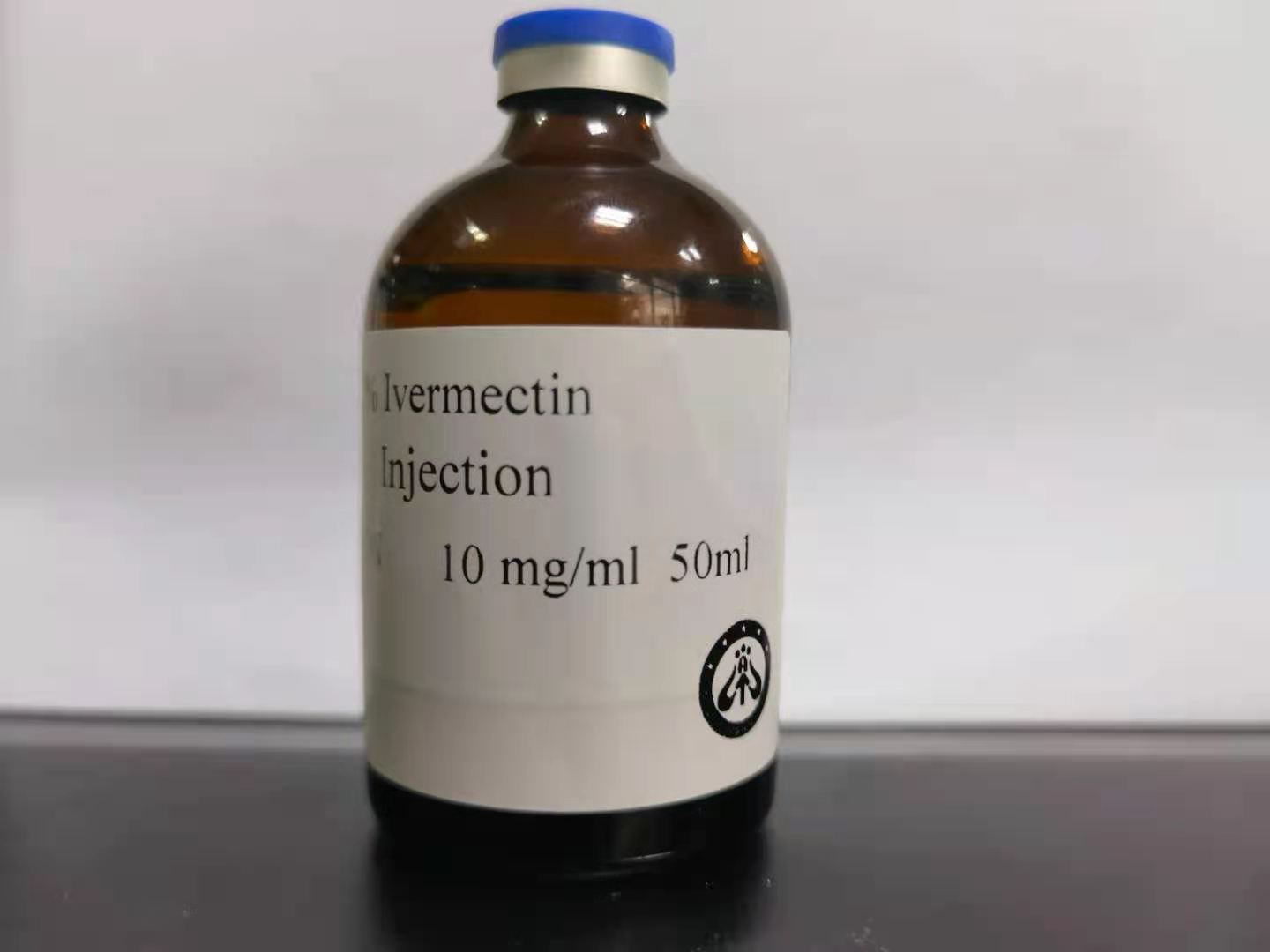Do You Know what Ivermectin is?
December 05,2022
Ivermectin is a new type of highly effective semi-synthetic antibiotic insecticide, acaricide, and nematicide, belonging to insect nerve poison. The mechanism of action is to interfere with the neurophysiological activities of pests and stimulate the release γ- Aminobutyric acid acts on the nerve and muscle function, increases the release of chloride ions, inhibits the information transmission of the nerve junction, and leads to paralysis of pests and harmful mites, resulting in poisoning and death. The product is a colorless or light brown-yellow liquid.

Ivermectin is a new type of broad-spectrum, high efficiency, low toxicity antibiotic antiparasitic drug, which has a good killing effect on parasites in vivo and in vitro, especially nematodes and arthropods. But it does not affect tapeworms, trematodes, and protozoa. The repellent effect of macrolide antiparasitic drugs on nematodes and arthropods is to increase the inhibitory transmitter of the worm γ- The release of aminobutyric acid (GABA) and the opening of glutamate-controlled Cl ion channel enhance the permeability of nerve membrane to Cl, thus blocking the transmission of nerve signals. Eventually paralyzing the nerve, making muscle cells lose their contractility, thus leading to the death of the worm.
Characteristic
- The broad-spectrum and efficient anthelmintic activity has a strong expelling effect on parasites inside and outside the body. Especially nematodes, especially arthropod parasites.
- High safety. After secondary purification and hydrogenation of raw materials, the impurity content is extremely low. There is no side effect on the animal body.
- High-standard excipients and special preparation processes are selected to ensure the effectiveness and stability of the drug.
- It is widely used in gastrointestinal nematodes, pulmonary nematodes and parasitic arthropods of cattle, sheep, horses, and pigs, intestinal nematodes of dogs, ear mites, scabies mites, heartworms, and microfilariae, and gastrointestinal nematodes and external parasites of poultry.